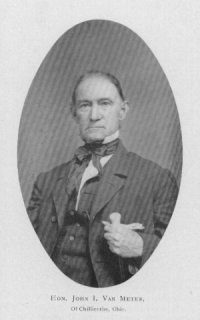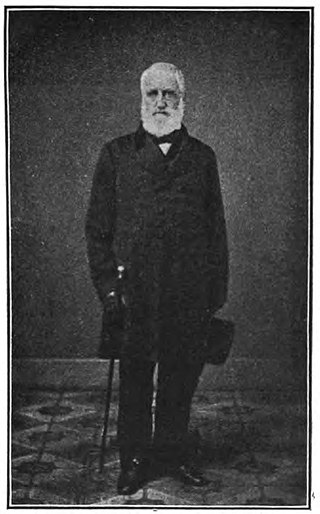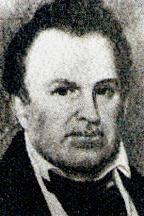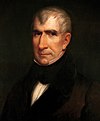
Thomas Corwin, also known as Tom Corwin, The Wagon Boy, and Black Tom was a politician from the state of Ohio. He represented Ohio in both houses of Congress and served as the 15th governor of Ohio and the 20th Secretary of the Treasury. After affiliating with the Whig Party, he joined the Republican Party in the 1850s. Corwin is best known for his sponsorship of the proposed Corwin Amendment, which was presented in an unsuccessful attempt to avoid the oncoming American Civil War.

Mordecai Bartley was a Whig politician from northeastern Ohio. He served as the 18th governor of Ohio. Bartley succeeded his son, Thomas W. Bartley as governor, one of few instances of this happening in the United States in high offices.

Jeremiah Morrow was a Democratic-Republican Party politician from Ohio. He served as the ninth governor of Ohio, and was the last Democratic-Republican to hold that office. He also served as a United States Senator and a member of the United States House of Representatives from Ohio. He also served in the Ohio Senate.

Alexander Campbell was a National Republican politician from Ohio. He served in the United States Senate.

The 1822–23 United States House of Representatives elections were held on various dates in various states between July 1, 1822, and August 14, 1823. Each state set its own date for its elections to the House of Representatives before the first session of the 18th United States Congress convened on December 1, 1823. They occurred during President James Monroe's second term.
Levi Barber was a surveyor, court administrator, banker, and legislator who served two non-conservative terms in the United States House Of Representatives in the early 19th century.
Barzillai Gannett was a U.S. Representative from Massachusetts.
Alexander Harper was a U.S. Representative from Ohio for three different non-consecutive tenures in the mid-19th century.

Benjamin Jones was a U.S. Representative from Ohio for two terms from 1833 to 1837.

Cyrus Spink was an American politician who served as a U.S. Representative from Ohio for three month in 1859 prior to his death in office.

John Inskeep Vanmeter was a U.S. Representative from Ohio.
Jonathan Sloane was a U.S. Representative from Ohio.

Samson Mason was a U.S. Representative from Ohio.

William Stanbery was an American attorney and politician who served as a U.S. Representative from Ohio from 1827 to 1833.

William W. Irvin also spelled Irwin was a lawyer, farmer, politician, and two-term U.S. Representative from Ohio from 1829 to 1833.

John Crowell was a U.S. Representative from Ohio.
Thomas Van Swearingen was a U.S. Representative from Virginia.
Robert Mitchell was a member of the United States House of Representatives from Ohio.

The 1822–23 United States Senate elections were held on various dates in various states. As these U.S. Senate elections were prior to the ratification of the Seventeenth Amendment in 1913, senators were chosen by state legislatures. Senators were elected over a wide range of time throughout 1822 and 1823, and a seat may have been filled months late or remained vacant due to legislative deadlock. In these elections, terms were up for the senators in Class 2.

Electoral history of William Henry Harrison, who served as the 9th president of the United States (1841); United States Minister to Gran Colombia (1828–1829); United States senator from Ohio (1825–1828); United States representative from Ohio (1816–1819) and as the first governor of the Indiana Territory (1801–1812).
This page is based on this
Wikipedia article Text is available under the
CC BY-SA 4.0 license; additional terms may apply.
Images, videos and audio are available under their respective licenses.
















